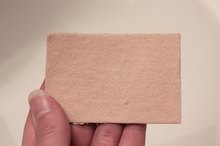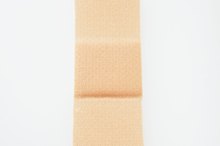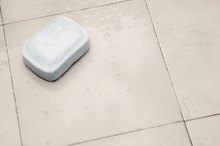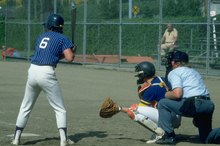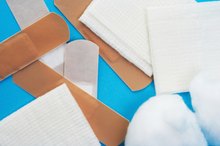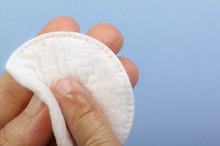What does fact checked mean?
At Healthfully, we strive to deliver objective content that is accurate and up-to-date. Our team periodically reviews articles in order to ensure content quality. The sources cited below consist of evidence from peer-reviewed journals, prominent medical organizations, academic associations, and government data.
The information contained on this site is for informational purposes only, and should not be used as a substitute for the advice of a professional health care provider. Please check with the appropriate physician regarding health questions and concerns. Although we strive to deliver accurate and up-to-date information, no guarantee to that effect is made.
How to Heal Blisters that Have Opened
Blisters, more than being painful, are annoying and bothersome. A blister is a bubble of fluid that forms under the skin as a protective barrier against some kind of irritation. While most blisters are commonly caused by irritation from rubbing, especially on the feet, there are many ways you can get a blister from allergies, diseases, and even medication. The clear liquid bubble that forms, while painful, is your body’s way of protecting your injured skin. If a blister remains intact and unopened, it will provide a protective barrier to the injured skin, but when a blister is popped or opens naturally, you run the risk of infection. Here’s how to protect and heal blisters that have opened.
If you are experiencing serious medical symptoms, seek emergency treatment immediately.
Disinfect an opened blister. If a blister breaks, carefully and gently wash the area with soap and water, before patting the area dry. Apply an antibiotic cream.
How to Use Moleskin for Blisters
Learn More
Let it breathe without a bandage. Allowing your open blister to breathe, uncovered, is the best way to speed recovery. While you'll need to cover it for some parts of the day, leave it uncovered as often as possible.
Do not remove dead skin. When a blister bursts, the opened flap of skin will eventually dry out and die, creating a hard flap at the blister site. The dead skin is still attached to living skin, and removing it may allow an infection to enter the area that is still alive and healing. If the dead skin flap is irritating or causing discomfort, bandage it down flat against your skin.
How Can I Make My Scratches Heal Fast?
Learn More
Protect your broken blister. If you need to do something that will involve the use of your blistered area, like wear shoes with a blistered heel, you’ll need to bandage it. Cover the area with a thin layer of antibacterial cream. Apply a bandage that is large enough for the wound, and pad the top of the bandage with mole skin. Opened blisters are the equivalent of an open wound, and even with bandages they will be painful.
Wear casual and comfortable materials while a blister is heeling. For blisters on the foot, avoid wearing heels or synthetic fibers that make your feet sweat. For blisters on the hand, try creating a barrier with gloves. For other blisters, wear light cotton and other breathable fibers.
Watch for signs of infection. If your open blister becomes more painful, forms a white layer of puss, oozes blood, or becomes inflamed, contact your doctor immediately. Other signs of infection may be fever and nauseousness. In addition to the obvious signs of infection, you may also watch for signs of staph infection. A staph infection can be determined by a small red line forming from the site of the wound.
Warnings
Take blisters, especially opened blisters, seriously. Infections caused by blisters can lead to serious problems including death of vital tissue, amputation and even death. Treating blisters caused by eczema, diabetes, herpes, shingles and other infections or diseases may vary, so you should contact your doctor before starting any kind of treatment regimen. If you think you have a staph infection, contact your doctor immediately.
Related Articles
References
Warnings
- Take blisters, especially opened blisters, seriously. Infections caused by blisters can lead to serious problems including death of vital tissue, amputation and even death.
- Treating blisters caused by eczema, diabetes, herpes, shingles and other infections or diseases may vary, so you should contact your doctor before starting any kind of treatment regimen.
- If you think you have a staph infection, contact your doctor immediately.
Writer Bio
Based in New York, Jillian Downer has been writing travel, fashion, and active lifestyle articles since 2004. Her work has appeared in "Travel + Leisure," "Outside Magazine," "Women's Health," "Footwear News," and "US News & World Report." Downer holds a Master of Arts in comparative literature from New York University.
